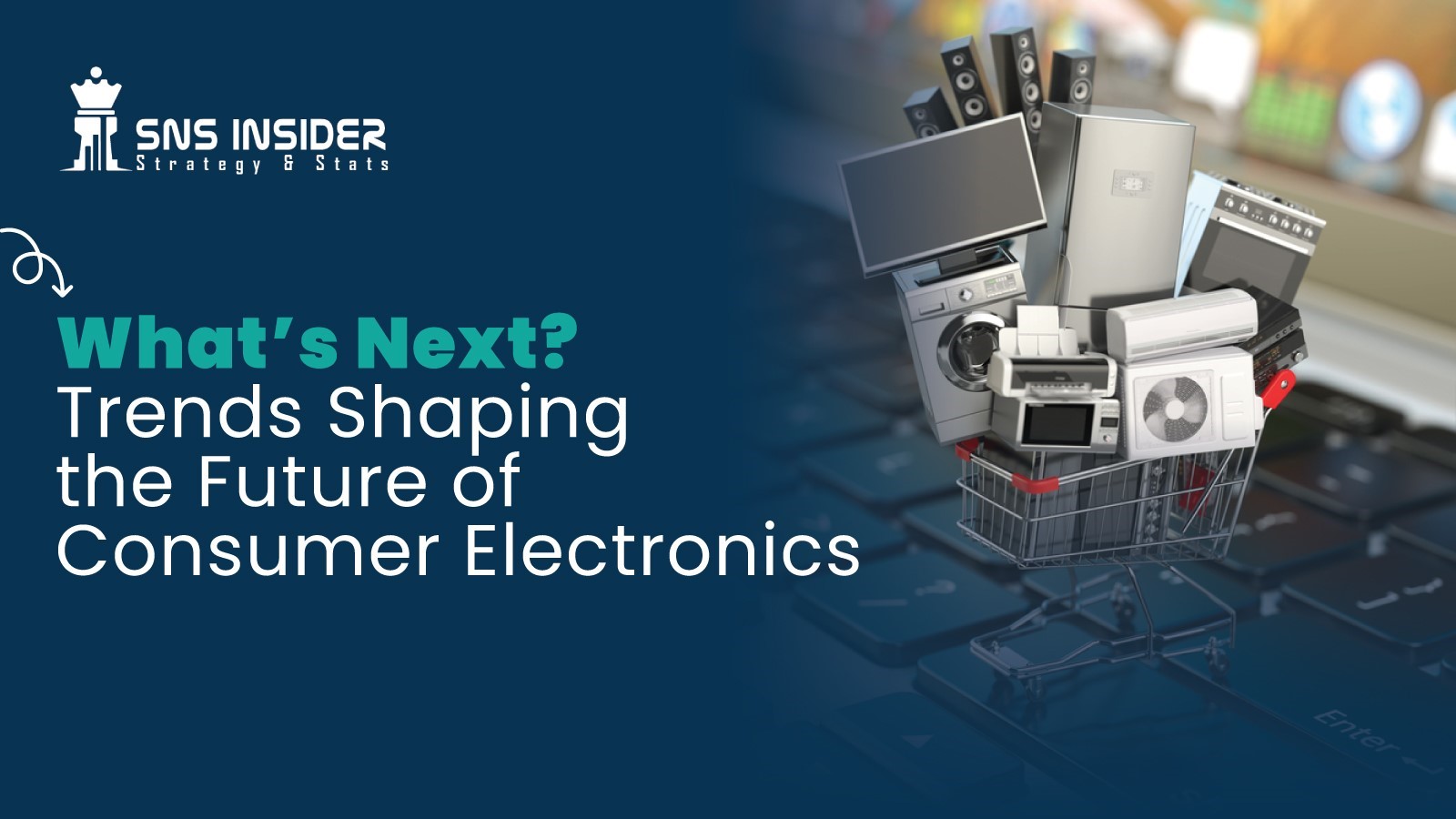
The boom in the consumer electronics sector continues unabated with new opportunities. The market showed a valuation of USD 956.12 billion in 2023 and is expected to touch USD 1,775.27 billion within the next decade growing at a compound growth rate (CAGR) of 7.1% between 2024 and 2032. Technological changes together with changing consumer habits are the reasons behind the differences, and thus growth, in the sector which is quite more captivating than ever before.
It’s safe to say, that demand for smart devices is one of the key factors impacting the development of the consumer electronics market. The more the Internet of Things and the less artificial intelligence is perceived as a sci-fi concept than a reality, the more consumers crave for better-performing and more convenient devices.
As of now, 65% of Americans already own one or more smart home appliances, as opposed to 51% in 2023. This year, 37% of Americans expect to get a smart home, which is 68% more than was planned the previous year. The euphoria attached to this interest shows that many of them are willing and able to accept smart devices into their houses.
82% of renters are willing to have at least one smart device which further testify that their existence is very important. In addition, approximately 70% of the potential buyers who aspire to own a home wish that the house has provisions for the use of smart technology.
When it comes to the consumer electronics market, sales trends are strongly influenced by geographic regions, with growth rates varying across different areas. APAC inaudibly led the market with a whopping 49% share in 2023. China, Japan and South Korea have been characterized as the most advanced technological innovators and manufacturers particularly in semiconductors, which are vital for producing cutting-edge consumer electronics. Semiconductors have had a significant impact on revenue, increasing from $33 billion in 1985 to a staggering projected $687 billion in 2025.
This region easily benefited from the high level of urbanization, high purchasing power and increasing demand for smart devices. Companies like Samsung and Sony have been spending lots of resources on research development of mobile devices such as smart phones, smart TVs and smart wearables that have further propelled the growth of the market.
However, it is Latin America that is emerging as the new fastest market in consumer electronics with a remarkable aggressive share at a CAGR of 7.6% between 2024 and 2032. This expansion is the result of a growing middle class and expanding digital usage. Countries like Brazil and Mexico have been highlighting the growing need for electronic products in the market, particularly for mobile phones and smart home systems.
The region's young population is enthusiastic about embracing technology, and the rise of e-commerce platforms is making these products more accessible. Companies like LG and Motorola are tailoring their offerings to local preferences by introducing budget-friendly smartphones and energy-efficient appliances.
Another important trend shaping the future of consumer electronics is the increasing focus on sustainability. As consumers become more environmentally conscious, they are seeking eco-friendly products. Manufacturers are responding by developing devices made from recyclable materials and implementing energy-efficient technologies. This shift toward sustainability is not just about product design; it also includes responsible manufacturing practices and the adoption of circular economy principles.
For instance, a few companies are initiating take-back programs that allow consumers to return old devices for recycling or refurbishment. By prioritizing sustainability, companies can not only meet consumer expectations but also enhance their brand image.
The launch of 5G technology is meant to change the world view of consumer electronics. It has better speeds and a very low latency rate which enables one to use applications which otherwise could not be used. E.g. people will watch streaming HD content better and the experiences of AR will be advanced.
Moreover, due to the capability of allowing many devices to connect without the performance level of the device dipping, 5G will promote the growth of IoT. This improvement in connectivity will result in more sophisticated homes and cities, hence creating more room for creativity in consumer electronics.
In Conclusion
The future of the consumer electronics market is bright and full of potential. As we embrace trends like smart devices, regional growth, sustainability, and enhanced connectivity, the industry is set for an exciting transformation.
Staying ahead of these trends will be crucial for manufacturers and consumers alike as we navigate the evolving landscape of consumer electronics in the years to come. By embracing change and focusing on innovation, industry can look forward to a future that significantly enhances our lives. Connect with us for a detailed report!
Hi! Click one of our member below to chat on Phone